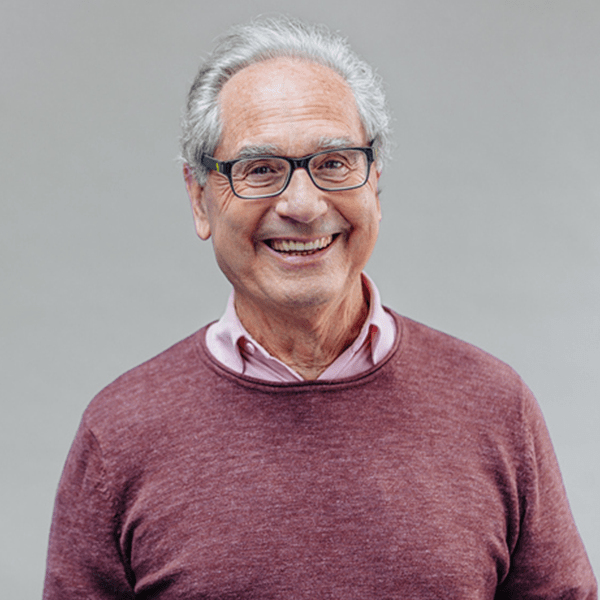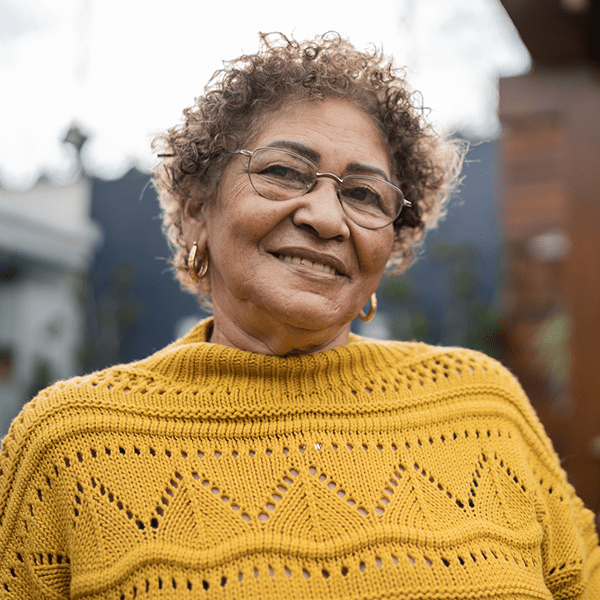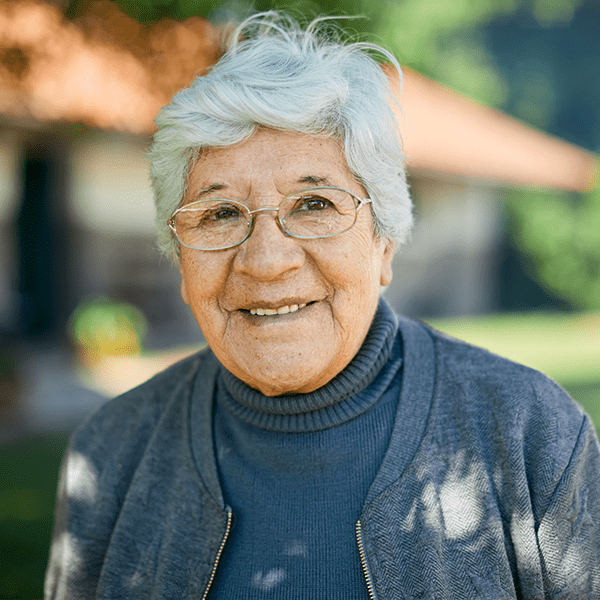Patient Stories
Overcoming Barriers to Accessing Care –
Success Stories in Humanizing Healthcare
Guideway Care’s mission is to achieve health equity for all patients by effectively addressing Social Determinants of Health (SDoH) and disparities through proactively resolving non-clinical and clinical barriers to quality care. The positive human impact of our Care Guides is evident in daily patient stories and data demonstrating a 98% barrier resolution rate.
Resolving health related social need barriers is what we do.
PATIENT BARRIER RESOLUTION RATE
across all partner clients

Post- Hospital Discharge
Health Equity in Practice
-
“My Care Guide, Jerry, reached out to me right after my hospital discharge to see how I was doing. I told him I was in a lot of pain, didn’t have transportation, or food. Jerry told me he would help me.
He worked to arrange for transportation to my doctor and have my medications delivered to me. He also arranged for meals to be delivered to my home. I was in pain, so he ensured I had an appointment with my doctor and had transportation to get there and home. I was able to see my doctor within days instead of weeks. I told him that he was the blessing I needed in my life!”
Mark
58-Year-Old Patient -
“After discharge from the hospital, Mark did not have access to transportation for his follow-up appointment or to pick up his prescriptions, and did not have access to meals. His mother, who is disabled, was not able to help.”
Jerry
Guideway Care Guide -
Practical Barriers
- Transportation – Arranged for medications and physician post-discharge visit.
- Food Insecurity – Meal delivery arranged due to food insecurity.
Physical Barriers
- Pain – Initiated clinical escalation to clinical care management for immediate scheduling.
-
Post-discharge from the hospital, a Guideway Care Guide was able to create a peer-to-patient relationship to uncover the issues and barriers the patient was experiencing. Using the Guideway Care platform and conversational Stressor Inventory, the Care guide was able to uncover both non-clinical and clinical barriers.
By resolving the non-clinical barriers and escalating the clinical barriers, the Care Guide was able to restore dignity to the patient and prevent clinical deterioration.

Behavioral Healthcare Partners
Hope Restored
-
“I shared with Karen, my Care Guide, that I was in danger of losing my home, couldn’t afford my medications, and no one would explain my insurance. I was in pain, and didn’t have reliable transportation. When I could make it to my visits I felt like my concerns were not taken seriously. All of that made me depressed and anxious – I was having panic attacks.
When I first started talking to Karen I would break down crying over the phone. I didn’t think there was any hope. She talked to me over two months and fixed my problems. I am in physical therapy, and am pain free. I am no longer anxious or depressed. I now have my medications and have regular doctor appointments. Karen even helped save my house from foreclosure. I am so grateful for all Karen did, including her encouragement along the way.”
Ethel
50-Year-Old Patient -
“When I reached out to Ethel for the first time and conducted a stressor inventory she really opened up about the clinical and non-clinical issues and barriers she was experiencing. I also conducted a medication adherence assessment and uncovered financial and transportation barriers related to her medication adherence.
I worked with her for two months to resolve her barriers and built a strong peer-to patient relationship with her. It was extremely rewarding to see her progress over that time period. I felt like I truly made a huge difference in Ethel’s life.”
Karen
Guideway Care Guide -
Practical Barriers
- Financial – Obtained resources for state funded emergency mortgage assistance.
- Financial – Escalated to Social Work who enrolled Ethel in prescription assistance program and another resource for free prescriptions.
Informational Barriers
- Benefits – assisted Ethel in understanding insurance benefits.
Physical Barriers
- Pain – escalated to RN who arranged referrals to needed specialists,
called and followed up on referrals.
Emotional Barriers
- Depression, Anxiety, Fear – built a solid peer-to-patient relationship that created trust.
-
A Guideway Care Guide was able to create a peer-to-patient relationship to uncover the issues and barriers the patient was experiencing. Using the Guideway platform and conversational Stressor Inventory, the Care guide was able to uncover both non-clinical and clinical barriers. By resolving the non-clinical barriers and escalating the clinical barriers, the Care Guide was able to improve the patient’s overall quality of life and restore her sense of hope.

Medicare Advantage
Hospitalization Avoided
-
“I received a call from, Beth, a Care Guide from my Medicare Advantage plan. She told me she was calling to see if there was anything she could help me with. I shared with her that I had been in and out of the hospital over the past year because of my COPD. She asked me questions about how I was doing with my follow-up appointments with my doctor and my medications. I let her know that I was missing my appointments because I didn’t have a way to get to them. I was also not taking my medications because I was having to choose between food and medications.
She told me that she could help! She called me every week to give me good news, but also to check in on my inhaler use, and physician visits. She was able to get my medications paid for, arrange for transportation, and get me in to see my doctor. I am so grateful I have my Medicare Advantage plan, and Beth!”
Marge
75-Year Medicare Advantage Member -
When I reached out to Marge for the first time and conducted a stressor inventory she shared that she had been to the hospital a lot recently. I also conducted a medication adherence assessment and uncovered financial barriers related to her medication adherence and a transportation barrier. She was also suffering from COPD, so I added a COPD assessment to her record
I worked with her for a month to resolve her barriers and built a strong peer-to patient relationship with her. She was extremely grateful for the assistance.
Beth
Guideway Care Guide -
Practical Barriers
- Financial – Obtained free medications and delivery through supplemental benefits.
- Transportation – Enrolled Marge in Uber Health, which was a benefit of her Medicare Advantage plan, so she could get to her doctor regularly.
- Scheduling – Ensured Marge had appropriate visits scheduled with her physician.
Physical Barriers
- Difficulty Breathing – Initiated a COPD assessment to track avoidable deterioration, which had been the root cause of her hospitalizations.
- Clinical Escalation – Noted that her rescue inhaler use was increasing dramatically. The platform escalated to RN who arranged referrals to needed specialists,
called and followed up on referrals.
-
Using the Guideway platform and conversational Stressor Inventory, the Care guide was able to uncover both non-clinical and clinical barriers. Those barriers were the cause of increased hospitalizations. By resolving the non-clinical barriers and escalating the clinical barriers, the Care Guide was able to keep the member at home, where she wanted to be.
